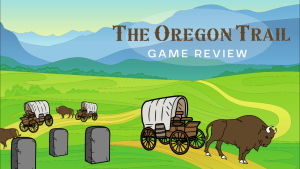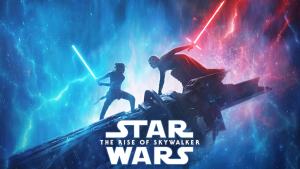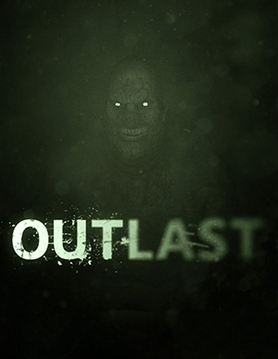
*This review contains content some viewers may find disturbing.*
Horror and video games are a perfect match.
“Resident Evil 4,” “Silent Hill 2” and “P.T.” are some of the greatest games ever made, and their horror is a big factor in that. The inherent immersion of video games allows horror to be much more effective than any other medium.
No game emphasizes this more than “Outlast.”
“Outlast,” released Sept. 4, 2013, is a first-person survival horror game developed and published by Red Barrels. You play as Miles Upshur, an independent journalist investigating a disturbing report from Mount Massive Asylum.
The early 2010s was the golden age of indie horror. Some notable games released include “Amnesia: The Dark Descent,” “Cry of Fear” and “Slender: The Eight Pages.” All these games are good in their own rights, but none are as impressive and as horrifying as “Outlast.”
Run, hide or die:
“Outlast’s” horror comes from its dedication to making the player feel as helpless as possible.
Miles Upshur is a weak individual who does not know how to fight back. Also, there is no way for the player to call for help as most of the power is down, meaning communication with the outside world is nearly impossible.
There are only three options for the player. Run, hide or die.
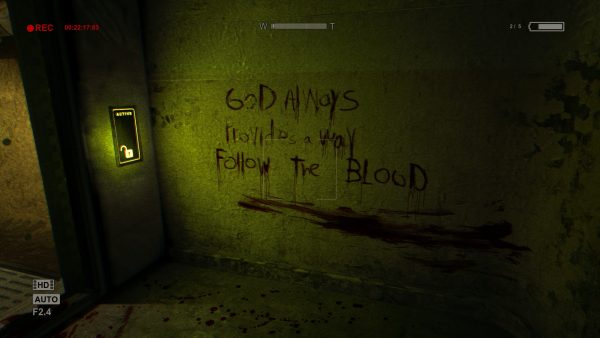
This sentiment is continually hammered into the player with encounters from the asylum patients. The game gives the player tools to evade the patients with spaces to hide in, such as lockers, underneath beds and hidden little nooks.
The chase sequences in this game are the most stressful and anxiety-filled moments I have experienced in a video game. Running through decrepit, dark hallways while a crazed maniac chases you is horrifying, especially since there is little room for mistakes. If you slip up, it’s a guaranteed death.
Luckily, the player can access a tool that turns the tables in their favor: a video camera.
Journalistic integrity:
Since the main character is a journalist, he needs a way to record his findings. In comes the video camera, useful for providing proof of the happenings at Mount Massive Asylum, and its night vision mode.
Some segments of the game are pitch black. Even if you turn up the brightness all the way, it is still impossible to see without the night vision mode. It especially comes in handy when there are areas that have no light whatsoever and an enemy chasing you. They can hear the player, but they can’t see you, so the camera provides the benefit of being able to see enemies in dark areas.
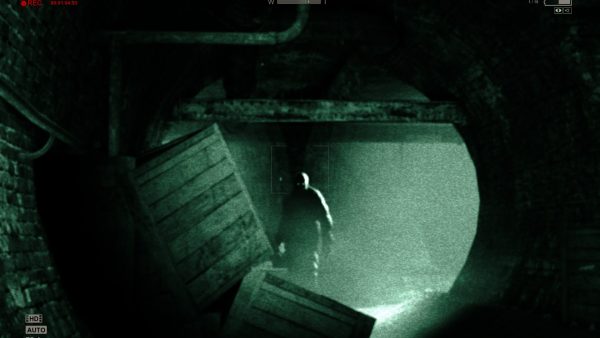
However, the camera has some major drawbacks. First of all, the camera’s night vision isn’t the best. The vision is grainy, everything is either green or black and you can only see a few feet in front of you.
What’s worse is that using the night vision takes up batteries, a resource the player can find as they explore the asylum. These batteries don’t last long, so some strategy is needed in deciding when to use night vision and when to chance it and explore the darkness with no vision.
Either way, the player will encounter disturbing things during their time at Mount Massive Asylum, so it’s important to film it all and let the public know what is going on.
Whistleblower:
“Outlast” released its only expansion pack, “Outlast: Whistleblower” May 6, 2014.
You play as Waylon Park, a software engineer at Mount Massive Asylum. After several experiences working at the asylum and seeing what is happening to the facility’s patients, he desperately sends an anonymous email to reporter Miles Upshur to expose the corporation. When things eventually go wrong, he must escape with his life.
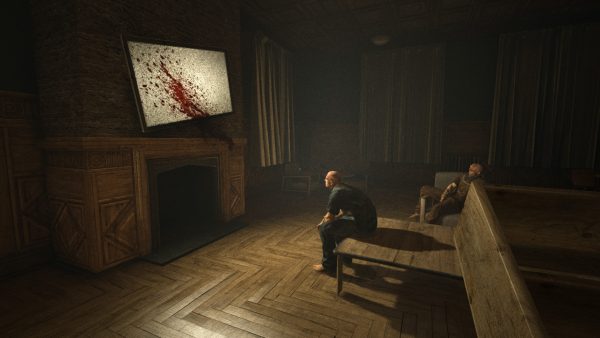
“Whistleblower” takes place before and after the events of the base game. It functions as both a prequel and a sequel, filling in the gaps and creating a full, complete story.
Although “Whistleblower” doesn’t introduce any new gameplay mechanics, its story and horror additions add so much to the overall experience. “Outlast” is a better game with its inclusion, and it makes an already great game into a better, more complete one.
Conclusion:
“Outlast” as a game doesn’t take long to complete. With the base game plus “Whistleblower,” it takes about seven hours to complete both if you’re good enough.
This may sound like a bad thing, but it plays in the game’s favor. The experience is non-stop horror and anxiety condensed in a nice little package. If the game went on any longer, it would become repetitive and tedious.
A good example of how I feel about “Outlast” is its sequel, “Outlast 2.” While the game has some good moments, it’s way too long, and its story is a jumbled mess constantly trying to shock the player with disturbing imagery. It has an idea of what it wants to be but falls short in every way.
“Outlast” knows what it is. It’s a thrilling, anxiety-filled experience that doesn’t waste the player’s time and will certainly leave a mark on everyone who plays it.


